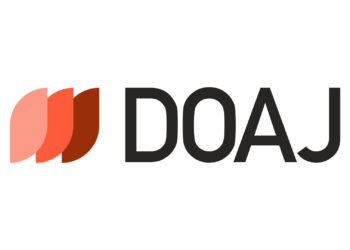
- Image via Wikipedia
Recently, I had a few interesting experiences with typos.
As readers of this blog know, I’ve just published my first novel. I was looking over the finished print copy recently, and noticed a typo. Nothing major — just a missing comma — but incontrovertible. I felt that wave of shame a typo generates in any former copy editor (and, no, “copy editor” is not one word!).
Later, I began reading an intriguing new book from John Wiley & Sons called “Content Nation.” The author has a strong premise and salient examples, but there are very distracting typos and formatting problems (the formatting errors seem to involve a “light” version of the typeface being called after italic, so that the book weight precedes the italic, the light follows).
But the true copy editing errors really interrupt the flow and make you want to put the book down.
Two examples within the first nine pages [remedies in brackets]:
- “Although social media tools are increasingly prevalent, not everyone who makes serious use of them.” [delete “who”]
- “The result was a major and costly embarrassment to the company caused and severe damage to its reputation . . .” [delete “caused”]
It was amazing how much faith I lost in the book just because of these formatting and copy problems. It was as if I’d paid for a rough draft. The lack of finish was apparent. And from that, I inferred that neither the author nor the publisher had looked things over before the book was shipped to hundreds of outlets.
Copy editing and formatting may be dismissed by some as modest improvements to a textual report or finished work. But since aesthetics contribute so much to the immersive flow of reading, interruptions to flow should be acknowledged as noise, and eliminated.
In the realm of communication, especially the communication of research years in the making, we need to spend time preserving signal and eliminating noise.
Discussion
5 Thoughts on "Typos and Value"
Kent’s post is excellent and identifies a hot topic. However, copy editing isn’t just, of course, about catching typos and formatting issues. Querying an author when something described as “north” is shown to be “south” by the accompanying image, or finding that missing data is why the percentages in a table don’t add up to 100%–these are essential to the whole meaning of the manuscript. Finding a happy medium that provides the maximum return on expenditure in copy editing and proofreading is tricky and there is always a danger of being too precious about the “art of the editor” and producing a Rolls Royce when all the reader is expecting is a Toyota. However, copy editing needs to be reestablished as a core competence, especially when the value added by publishers is under such scrutiny.
Kent, thanks for drawing our attention to the important role played by scholarly publishers, making sure that the message of science is not cluttered by speedbumps caused by language, punctuation, etc. Having said that, I think one of your examples from “Content Nation” is a result of the transposition of words. “Caused” does need to be deleted, it needs to be moved from to after “and” to read as follows:
“The result was a major and costly embarrassment to the company and caused severe damage to its reputation . . .”
Thoughtful and careful editing and proofreading will make badly written manuscripts readable and well-written ones better. A second and even third pair of eyes will usually find errors, whether of commission or omission. Just like good writing and good design, good blue-pencilling is worth the time and money.
![Reblog this post [with Zemanta]](http://img.zemanta.com/reblog_e.png?x-id=5cfbcb88-1e80-4b0f-9dd8-b938a932f852)


